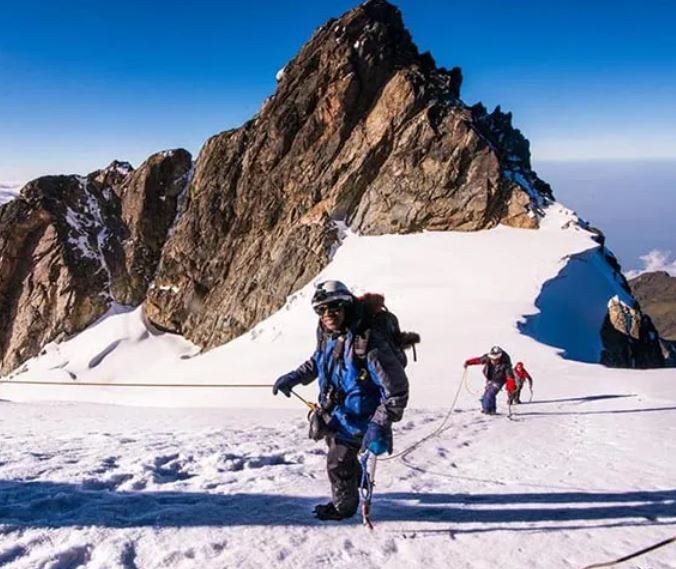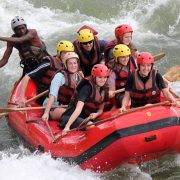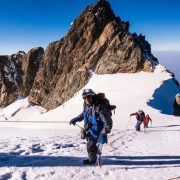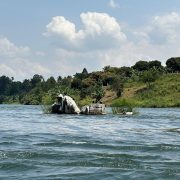
A beginner’s guide togging your first mountain summit
Fancy hitting your first big summit? Well here’s a starter guide to mountaineering, with all the steps you need to take to get into the mountains and give it a go.
Reaching a mountain summit is a mind-blowing experience, but what does it take to make it to the top? Mountaineering covers everything from extreme backpacking on long but non-technical trails through summit scrambling and ridge walking to hard-nut multi-pitch climbing up impossibly icy rock faces.
Trips can last multiple months or be as short as a day, but whatever your distance you need decent physical fitness, some technical know-how and, perhaps most importantly, the right mentality for the challenge. If you’ve got that, then read these tips and go get started.
1. Build up the basics
Building upper-body strength is important for mountaineering
First off, get fit. Include walking and stair climbing in your daily routine, add regular running and cycling to build base fitness and do weights to strengthen the upper body. Also, go to a climbing gym to get a grasp of the basics, like being able to use a harness, belaying and tying into a rope.
There’s no getting away from winter conditions
Then put on a heavy rucksack and go up a hill. Do multi-day backpacking trips, practise scrambling and build confidence on large crags and ridges, both alone and roped with a partner. Finally, get comfortable doing all that in winter conditions – because mountaineering can be very cold.
2. Pick your target
Target the terrain and the exact difficulty of the climb you want
Consider what terrain you want to take on – technical routes, granite faces, glaciated mountains, ice or mixed climbing or just walk-ups. Then plan long-term goals as well as setting out your starting plans.
Climbs are graded by height – in 1,000m brackets from 4Kers to 8Kers – and a class system based on steepness and exposure, with 1 flat and risk-free, 2 and 3 increasing in gradient and obstacles, 4 involving all-fours scrambling and 5 being highly technical with rock-climbing skills.
Also, don’t be over ambitious. It’s better to feel good about your achievements than be disappointed you’re not hitting your targets.
3. Take a course
A guide can teach you best practice and impart crucial mountain knowledge
The ‘mountain bible’ Freedom of the Hills is a good place to start and if you have mountaineering friends they can teach you the basics, but nothing beats taking a course. Going out with a guide puts you in the mountains and gives you on-the-spot feedback and that crucial personal experience.
Courses are usually six days on class 2-3 routes and cover route planning, navigation, safe travel, rock climbing and logistics like weather analysis and mountain rescue. Some also cover snow and ice, including techniques for self-arrest and glacier hiking. Having all these in your locker helps you become more independent in your decisions on the mountain.
4. Become master of the maps
Knowing how to read a map is crucial to high mountain survival
Predicting your pace is crucial for planning as it helps avoid overdoing days and exhausting yourself. Make sure you estimate well. Measure a distance on a path near your house and pace it out but pace hill walks too so you know how it changes when it gets steeper, higher and you get more tired.
Recent Posts
Intermediate White Water Rafting Skills: A Comprehensive Guide
A beginner’s guide togging your first mountain summit
River Nile Facts, Length, History, the Source and Importance
All Categories

Thailand





